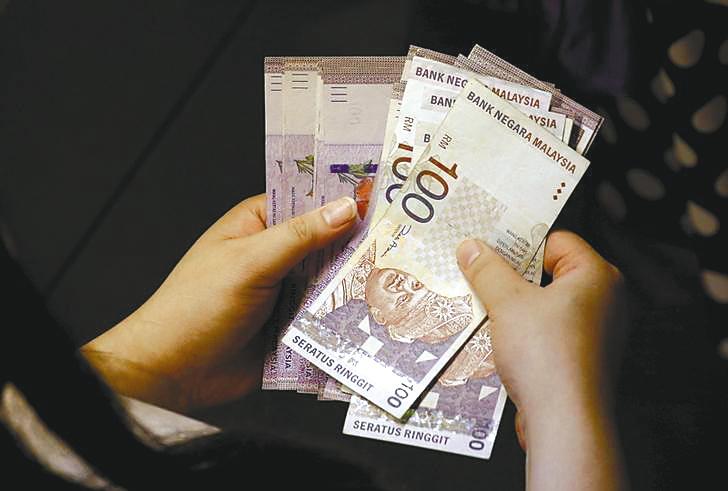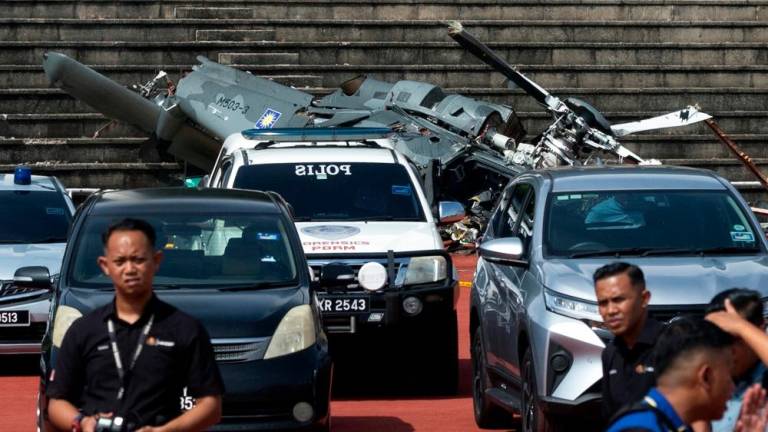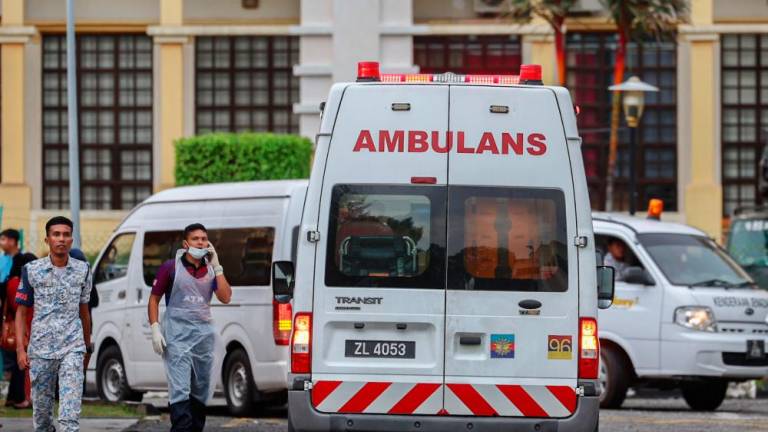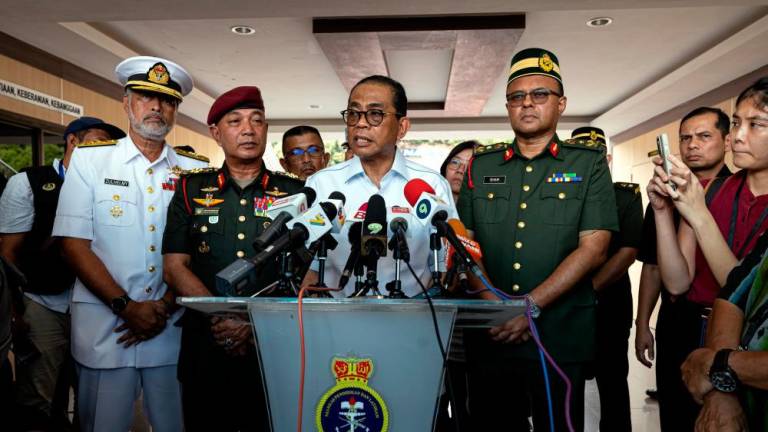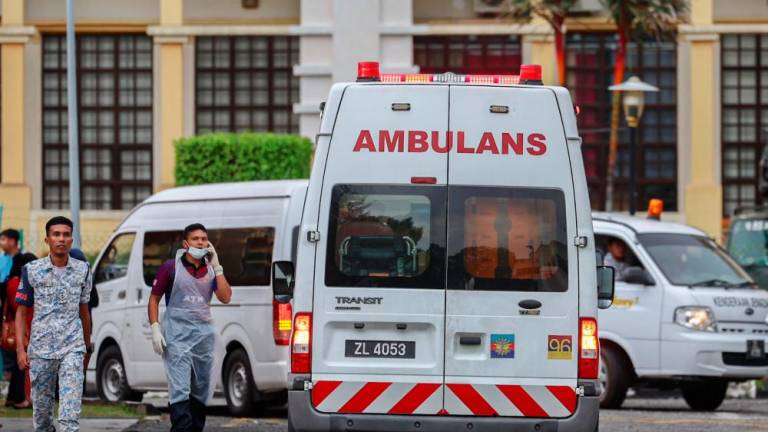AS Budget 2022 looms, the question on everybody’s mind right now is – will it deliver?
This article discusses what small and medium sized enterprises (SMEs) are hoping for from a transfer pricing perspective in light of Budget 2022’s three goals of the rakyat’s wellbeing, business continuity and economic resilience.
The release of Malaysia’s Pre-Budget Statement (PBS) by the Finance Ministry on Aug 31, 2021 was indeed a welcomed move towards increasing transparency in the preparation of the country’s annual budget. As a teaser to giving the rakyat a view of the direction, approach and expected initiatives in Budget 2022, the PBS revealed that the government was considering strategies to increase tax collections including reviewing tax treatments that have been identified as elements of revenue leakage or harmful practices.
While this move is laudable, it is hoped that the needs of the rakyat, in particular SMEs, will not be forgotten. SMEs arguably form the backbone of businesses in Malaysia, accounting for 97.2% of total business establishments in 2020. Statistics show that the gross domestic product (GDP) from SMEs contracted by 7.3% in 2020, a sharper decline than Malaysia’s GDP. While seeking to recover from the various measures imposed to curb the spread of Covid-19 over the past one and a half years, SMEs more than ever should not be excessively burdened by the compliance costs involved in doing business.
For many SMEs, the idea that transactions between group or related parties (for the purchase or sale of goods, rental payments, loans) need to be proved to be at arm’s length in compliance with Section 140A of the Income Tax Act 1967 (ITA) is perhaps a concept that is alien to them. The question which arises is should all SMEs be required to prepare Transfer Pricing Documentation (TPD)?
Penalty for failure to submit TPD within 14 days
Under the Malaysian Transfer Pricing Guidelines (MTPG), taxpayers who fall below the threshold are required to prepare Contemporaneous TPD may prepare Minimum TPD or may opt to prepare Full TPD. Minimum TPD is defined as documentation which covers the following:
> Organisational structure;
> Controlled or related party transaction; and
> Pricing policy (including a comparability analysis).
In preparing the comparability analysis, such taxpayers may apply “any method other than the five methods as described in the MTPG provided this results in, or best approximates, arm’s length outcome”. In the writers’ humble opinion, many taxpayers will struggle to come up with an “acceptable” comparability analysis on their own and may end up having to pay penalties for failure to comply with the arm’s length principle.
Not many SMEs are aware that effective Jan 1, 2021 the new Section 113B of the ITA imposes a penalty of between RM20,000 and RM100,000 per year of assessment on taxpayers who fail to submit TPD within the stipulated timeline (i.e. 14 days) upon request by the Inland Revenue Board (IRB). Section 113B does not distinguish between large and SME taxpayers. The threat of hefty penalties for companies that fail to submit TPD within the 14-day timeframe is seen as compelling all SMEs to have to effectively prepare up-to-date TPD as long as they have related party transactions, no matter how small.
Budget 2022 & transfer pricing – Is there a way forward for SMEs?
Many SMEs are hoping that Budget 2022 will introduce measures to ease the compliance burden for taxpayers that engage in related party transactions. One possible measure would be to exempt SMEs from preparing TPD if these transactions fall below a certain threshold as in jurisdictions like Singapore. Some other alternatives which would be welcomed not only by SMEs but large taxpayers alike would be to introduce the OECD safe harbour rules where a 5% mark-up for low-value added services would be acceptable by the MIRB without having to perform a benchmarking analysis. Another possibility would be for the IRB to publish certain yearly rates which would be deemed to be arm’s length for limited risk distributors or contract manufacturers etc.
Budget 2022 which marks the second year of the 12th Malaysia Plan (2021-2025) will prioritise the swift economic recovery for our nation. However, balancing the need to meet revenue collections against the needs of SMEs that are just starting to recover from the economic ravages of the past 18 months is no easy task. It is hoped that some measures will be introduced to ease the administrative burden of SME taxpayers and aid business recovery whilst encouraging compliance with transfer pricing rules and regulations in Malaysia.
This article was contributed by Bernice Tan, executive director BDO Tax Services, and David Lai, MICPA member & executive director BDO Tax Services. The views expressed here are the writers’ own.



